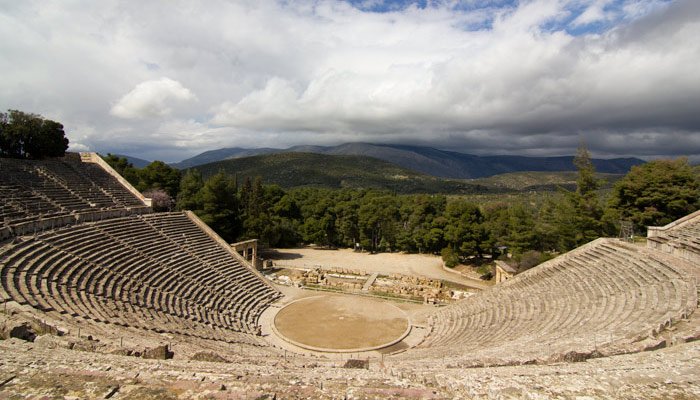The things on my ‘things to fix’ list range from ‘sew up my jeans’ to ‘fix black smoke from engine’. Here’s the engine one…
The van would stutter for just a split second when accelerating and I’d see a black smoke in my mirror. It has been like this for the last few hundred miles but it’s not really noticeable on highways (once it is at full speed). The smoke, which was more like a thick powdery substance than smoke, I found out, is Carbon due to non-complete combustion of fuel (Blue smoke would probably be worse – burning oil).
There’s a thing called the EGR valve – exhaust gas recirculation. After cleaning this EGR valve and inlet manifold, the van runs better than ever!
This post goes over briefly what the EGR does in a diesel engine, why it may cause problems and how I removed and cleaned it in my LDV Convoy – 2.4L Ford Duratorq diesel engine.
Disclaimer: I’m not a mechanic so don’t listen to me too much.

Two main reasons for black smoke: 1. Not enough air and 2. Too much fuel.
Not enough air could be anything from an expensive thing like a faulty turbo to an inexpensive thing like a blocked/old air filter. Too much fuel could be due to (expensive) things like worn injectors or maybe some ECU (the electronic box that controls stuff) fault.
But then there’s this thing called the EGR valve – A component that is now mandatory on all diesel engines to comply with emissions regulations.
Diagnosis: There is no strange noise from the Turbo, the air filter is relatively new and I can’t even be bothered to think about injector or ECU problems, so I thought I’d investigate this EGR thing.
What is the EGR valve? What does it do?
The EGR valve ‘dilutes’ the oxygen in the air intake to the engine in an attempt to decrease the NOX gasses from the exhaust, which happens when there is too much Oxygen during combustion. The EGR valve turns on and off when required (from the ECU) and dilutes the oxygen levels by mixing some of the engine exhaust in with the air intake, just before the intake manifold. This means that, when in operation, there is now only just enough oxygen for proper combustion. The proper air to fuel mixture now relies a lot on the correct operation of this valve.
Why would it cause black smoke?
If this valve is getting stuck or not properly reaching it’s limits (especially closing) then maybe this is a reason for lack of sufficient oxygen, causing improper combustion and black smoke. Or maybe it is operating too slowly because of carbon build up? or just sticky/slow? This could explain the bas acceleration and black smoke.
Removing and cleaning the EGR valve – same on most engines
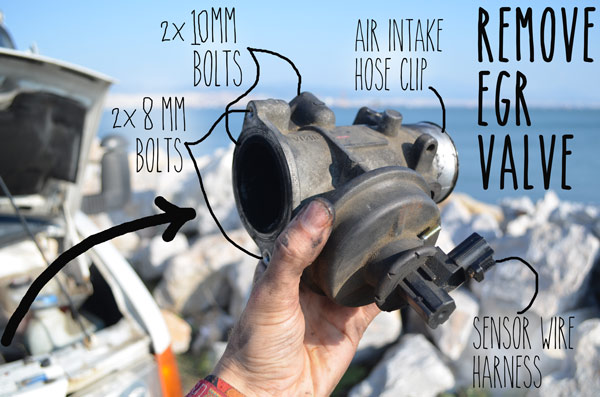
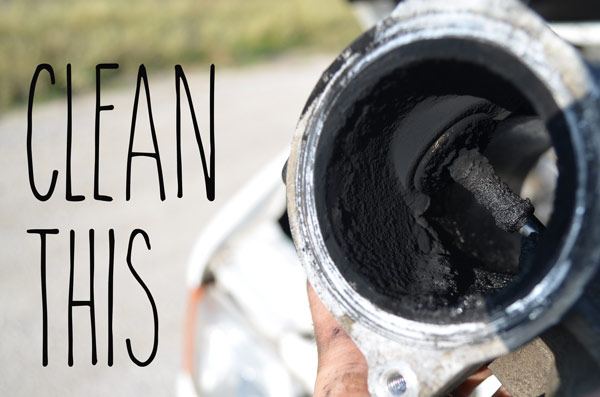
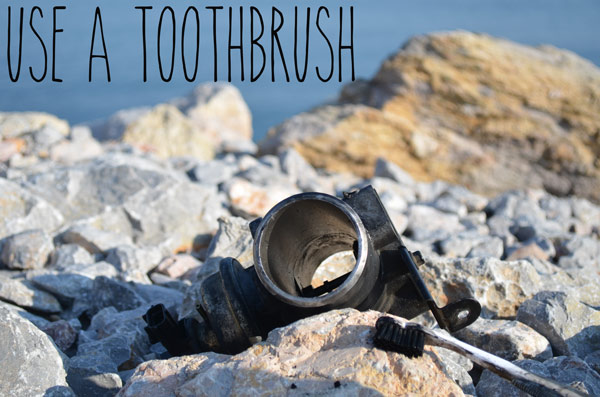

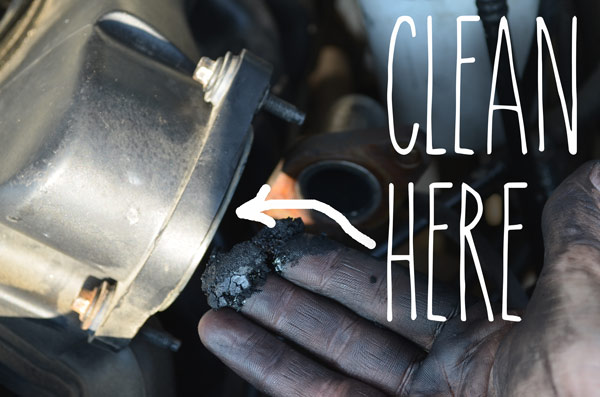
Did it work?
There is now none of that black powder smoke and acceleration is full power without any hesitation. I hope this means better fuel usage as well!
Now my questions for the people who properly know diesel engines are:
- How does gunk/oil/carbon get into the air intake? And is it normal?
- How much of this Carbon from un-burnt fuel has got round the engine, and also into the oil? And would it cause a problem?






